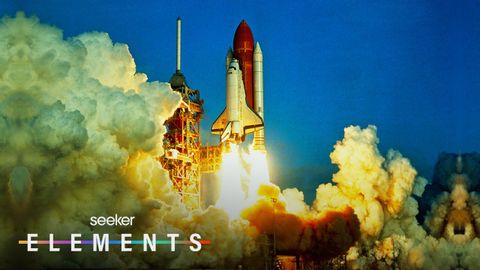火箭需要特殊的發射場所,這裡就是發射場所 (Rockets Need Special Places to Launch, Here’s Where)
Summer 發佈於 2022 年 10 月 14 日  沒有此條件下的單字
沒有此條件下的單字US /səbˈskraɪb/
・
UK /səb'skraɪb/
US /ˈɛpɪˌsod/
・
UK /'epɪsəʊd/
- n.插曲;集;(電視或廣播節目的)一集;事件;一段時期;(疾病的)發作
US /ˈkɑnʃəs/
・
UK /ˈkɒnʃəs/
- adj.意識到;注意到;故意的;有意的;過於擔心的;過於顧慮的
US /ˈprɑsˌɛs, ˈproˌsɛs/
・
UK /prə'ses/
- v.t.用電腦處理(資料);(依照規定程序)處理;處理;流程;加工;理解
- n. (c./u.)(規定的)程序;過程;進程;方法;法律程序;進程
